- Haiti remembers its dead with two day memorial
- 1.2m still trapped in squalid tent cities
- Charities struggle with cholera epidemic
- Bill Clinton jets in to join commemorations
From the air they form a neat patchwork of grey and blue, nestling between rundown factories and crumbling slums.
But on the ground these sprawling tent cities are a fetid mass of humanity where cholera and crime run rife.
A year since a cataclysmic earthquake levelled much of Haiti, little has changed for the 1.2million residents still scraping an existence in these squalid refugee camps.
Survivors have been further blighted by an outbreak of the deadly water-borne disease cholera. The illness has struck 155,000 since October, killing 3,651.
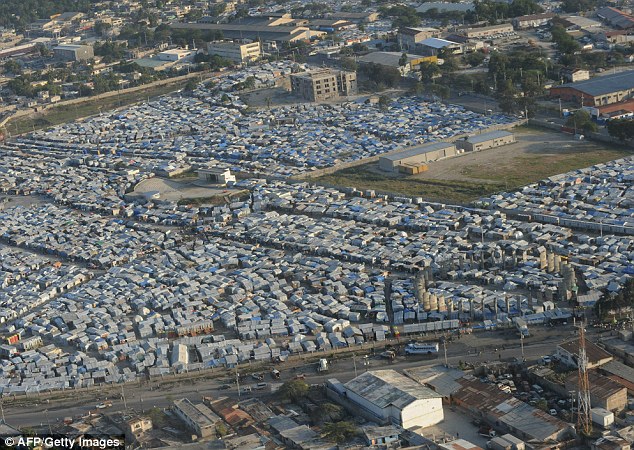
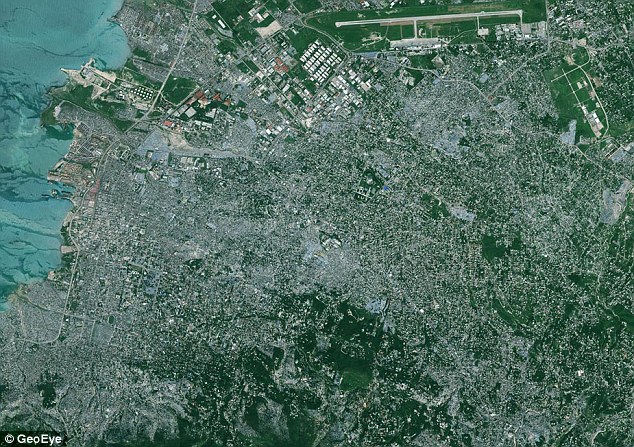
Astonishingly, salvage crews are still prising bodies out of the rubble even as the country marks the first anniversary since the catastrophe.
Haiti will hold two days of mourning beginning with government officials gathering at a mass grave outside Port-au-Prince where more than 220,000 victims are buried.
There will be an open-air mass in Port-au-Prince's cathedral, still a denuded ruin like much of the island.
Then, at 4.53pm, silence will fall to mark the exact moment the quake struck before mourners release dozens of white balloons.
The international community pledged some £7bn of aid over the next ten years in the wake of the disaster but most of that money is still to arrive.
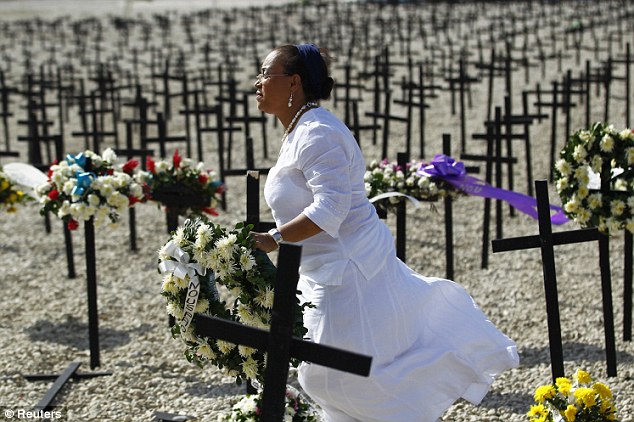
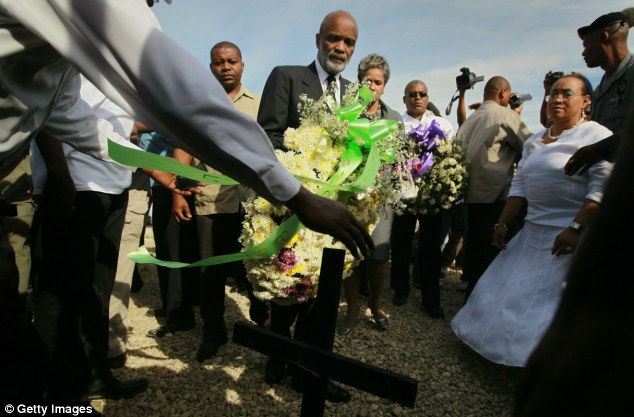
On the ground, conditions are unspeakably grim with many people denied even the most basic of sanitation.
Last week, an Amnesty International report revealed how thousands of women and young girls were terrified of rape gangs operating unchecked in the 1,200 refugee camps.
Of the survivors still living in tents, 380,000 are children.
Kofaviv, a support group, has been set up for the women who have been attacked.
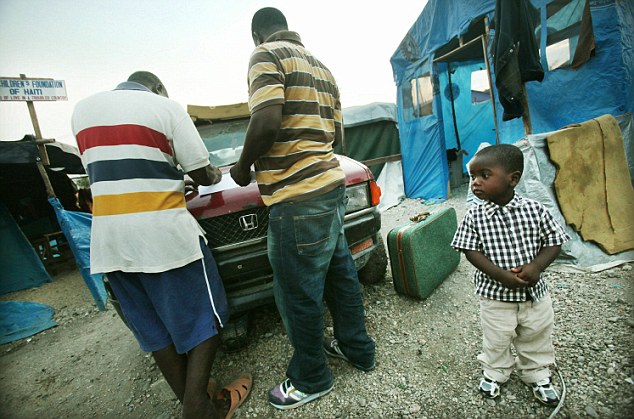
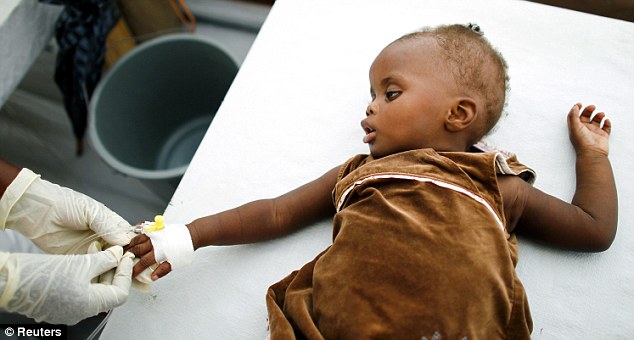
'Sometimes we have cases where girls as young as four or five years old are being raped.'
Miss Devla said that she too had been assaulted. Amnesty International recorded 250 rapes in the camps in the first five months after the disaster.
And then there is the cholera epidemic. In bitter scenes, Haiti's citizens initially turned on UN peacekeepers who they claimed had brought the disease into the country.
Then, in the last few weeks, lynch mobs have murdered voodoo priests, again accusing them of spreading the sickness.
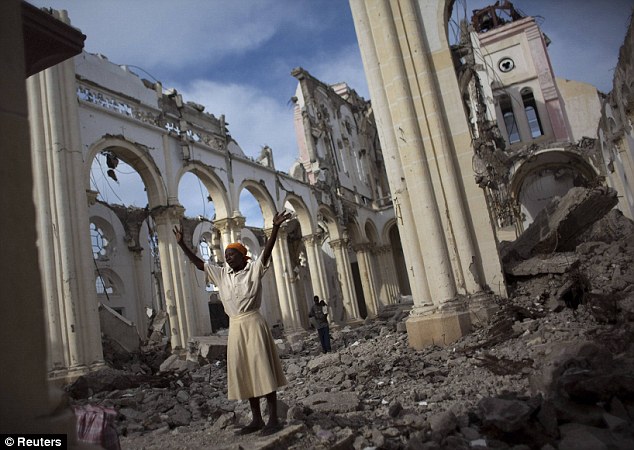
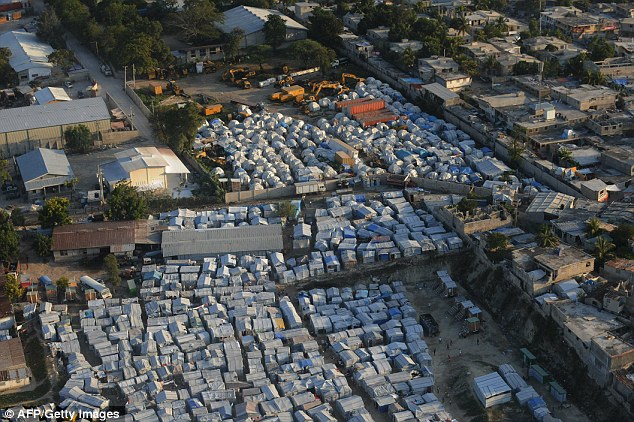
'If we had the magic solution we would be doing it,' he said.
World Health Organisation spokeswoman Fadela Chaib believes the outbreak had not yet reached its peak and would only do so when the current 2.2 percent mortality rate dropped to less than one pe rcent.
The solution for the abysmal conditions and security problems in the tent cities lies in rebuilding the homes levelled by the earthquake.
But less than five per cent of the debris has been cleared, leaving enough to fill dump trucks parked bumper to bumper halfway around the world.
Haiti does not even have any dump trucks.
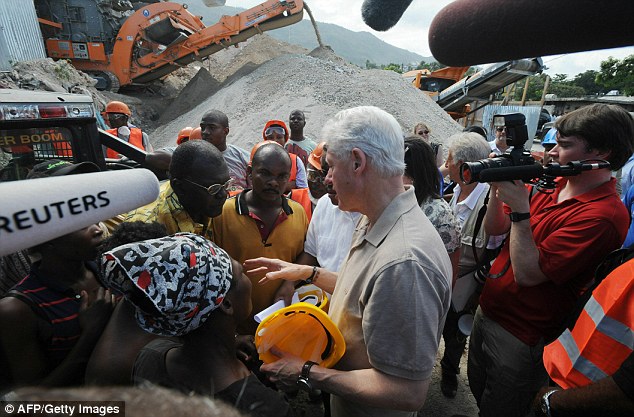
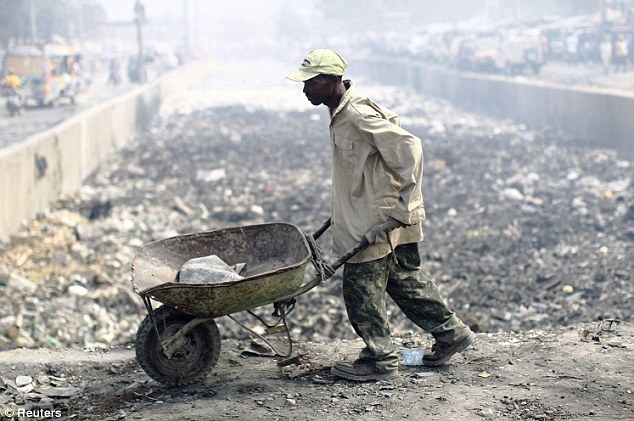
With no effective government, charities have adopted a piece-meal approach with little central control.
'Nobody knows what they are doing, nobody knows who is sending here, nobody knows how much money they have, nobody knows in what field they are intervening," Haitian sociologist and university lecturer Daniel Supplice told the BBC.
'They are all over the place.'
He launched a savage attack on the 12,000 UN peacekeeping troops who arrived in Haiti en masse in the aftermath of the earthquake.
'They are here for security, as you know - no security. Things have never been worse than they are right now.'
Ericq Pierre, Haiti's representative to the Inter-American Development Bank in Washington, has his own views.
'The problem is that at a certain point the international community gave the impression they could solve the problem quickly. ... I think there was an excess of optimism,' he said.
Whether an excess of optimism or utter ineptitude are to blame for this endless catastrophe, Haiti's ten million citizens can only wait.
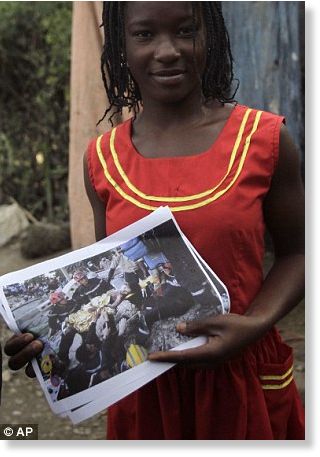
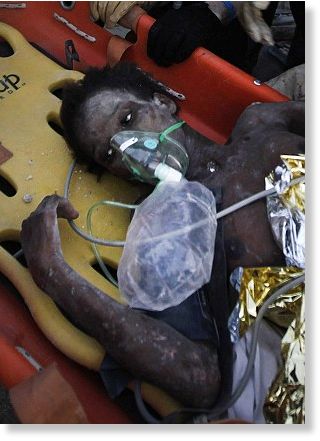



Reader Comments
to our Newsletter